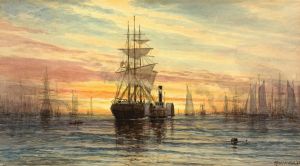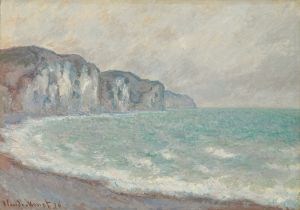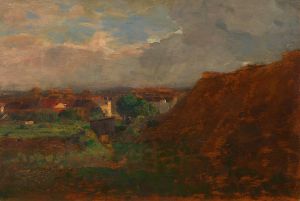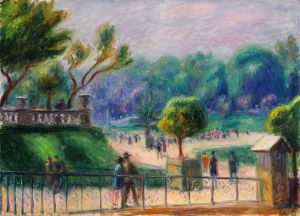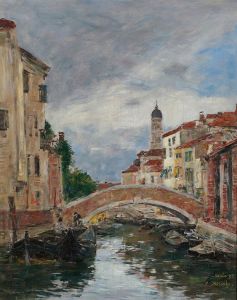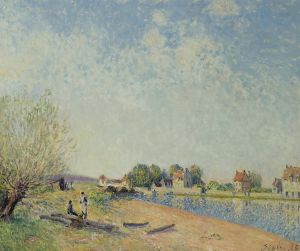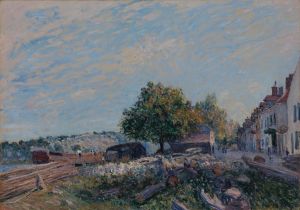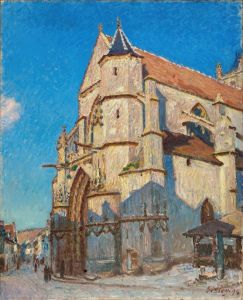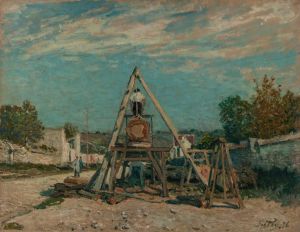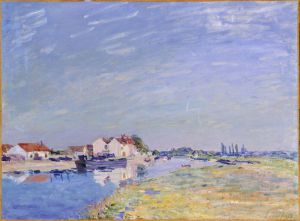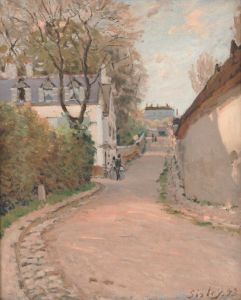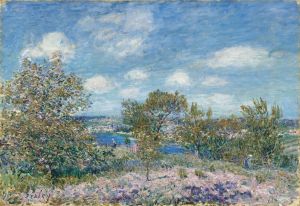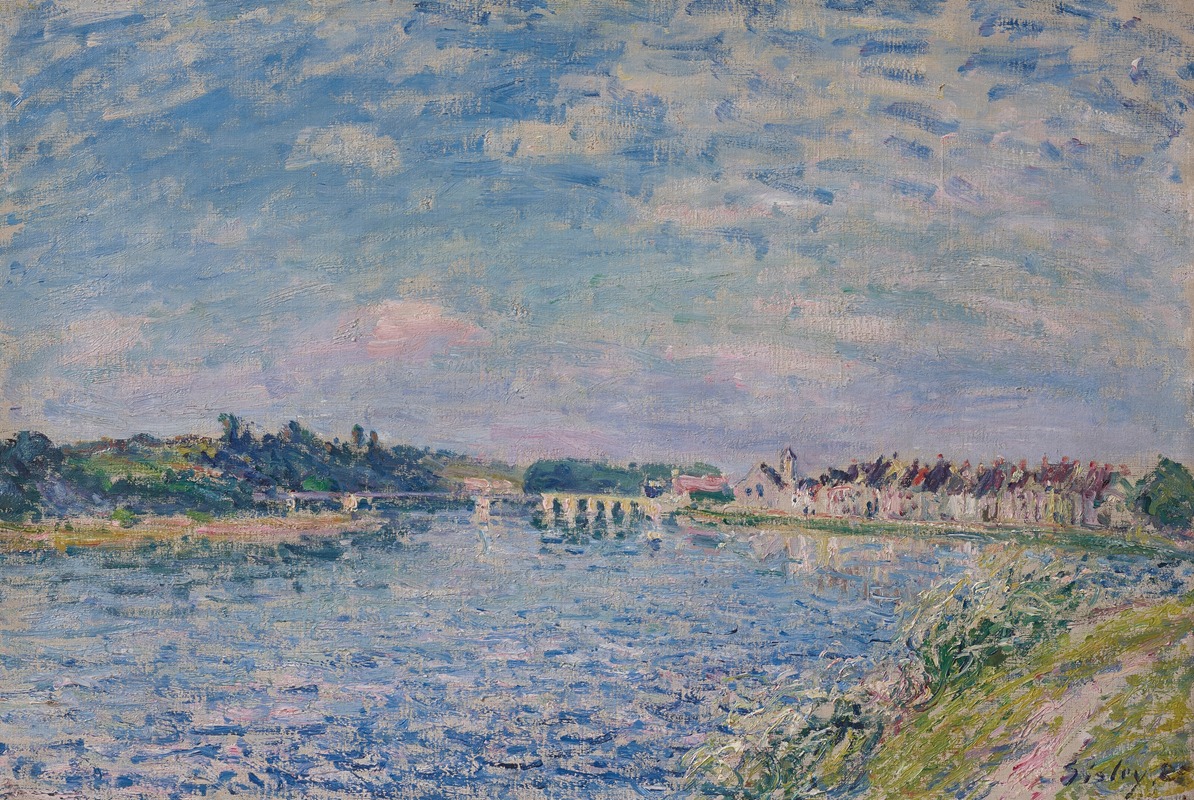
La Seine à Saint-Mammès, le soir
A hand-painted replica of Alfred Sisley’s masterpiece La Seine à Saint-Mammès, le soir, meticulously crafted by professional artists to capture the true essence of the original. Each piece is created with museum-quality canvas and rare mineral pigments, carefully painted by experienced artists with delicate brushstrokes and rich, layered colors to perfectly recreate the texture of the original artwork. Unlike machine-printed reproductions, this hand-painted version brings the painting to life, infused with the artist’s emotions and skill in every stroke. Whether for personal collection or home decoration, it instantly elevates the artistic atmosphere of any space.
"La Seine à Saint-Mammès, le soir" is a painting by the renowned French Impressionist artist Alfred Sisley. Created in 1884, this artwork exemplifies Sisley's dedication to capturing the transient effects of light and atmosphere, a hallmark of the Impressionist movement. Sisley, who was born in Paris in 1839 to British parents, spent much of his career painting landscapes, particularly those featuring rivers and rural scenes.
The painting depicts the Seine River at Saint-Mammès, a small commune in the Île-de-France region, located at the confluence of the Seine and Loing rivers. This location was a frequent subject for Sisley, who was drawn to its serene beauty and the play of light on the water. In "La Seine à Saint-Mammès, le soir," Sisley captures the tranquil evening atmosphere with remarkable sensitivity.
The composition of the painting is characterized by its horizontal format, which emphasizes the expansive view of the river and the sky. The use of soft, muted colors and delicate brushstrokes conveys the calmness of the evening scene. Sisley's technique involves layering thin washes of paint to build up the luminosity and depth of the landscape. The reflections in the water are rendered with particular attention to detail, creating a mirror-like effect that enhances the overall sense of tranquility.
Sisley's choice of subject matter and his approach to painting were influenced by his close association with other leading Impressionists, including Claude Monet and Pierre-Auguste Renoir. Like them, Sisley often worked en plein air, painting outdoors to capture the changing light and atmosphere directly from nature. This method allowed him to achieve a spontaneity and freshness in his work that is evident in "La Seine à Saint-Mammès, le soir."
Throughout his career, Sisley remained committed to the principles of Impressionism, even as the movement evolved and other artists began to explore different styles. His dedication to capturing the beauty of the natural world and his ability to convey the ephemeral qualities of light and weather have earned him a lasting place in the history of art.
"La Seine à Saint-Mammès, le soir" is now part of the collection at the Musée d'Orsay in Paris, which houses one of the most comprehensive collections of Impressionist and Post-Impressionist masterpieces. The painting continues to be celebrated for its serene beauty and its masterful depiction of the evening light on the Seine River.
In summary, "La Seine à Saint-Mammès, le soir" by Alfred Sisley is a quintessential example of Impressionist landscape painting. It reflects Sisley's skill in capturing the subtle nuances of light and atmosphere, as well as his deep appreciation for the natural world. The painting remains a testament to Sisley's enduring legacy as one of the foremost landscape painters of the Impressionist movement.





